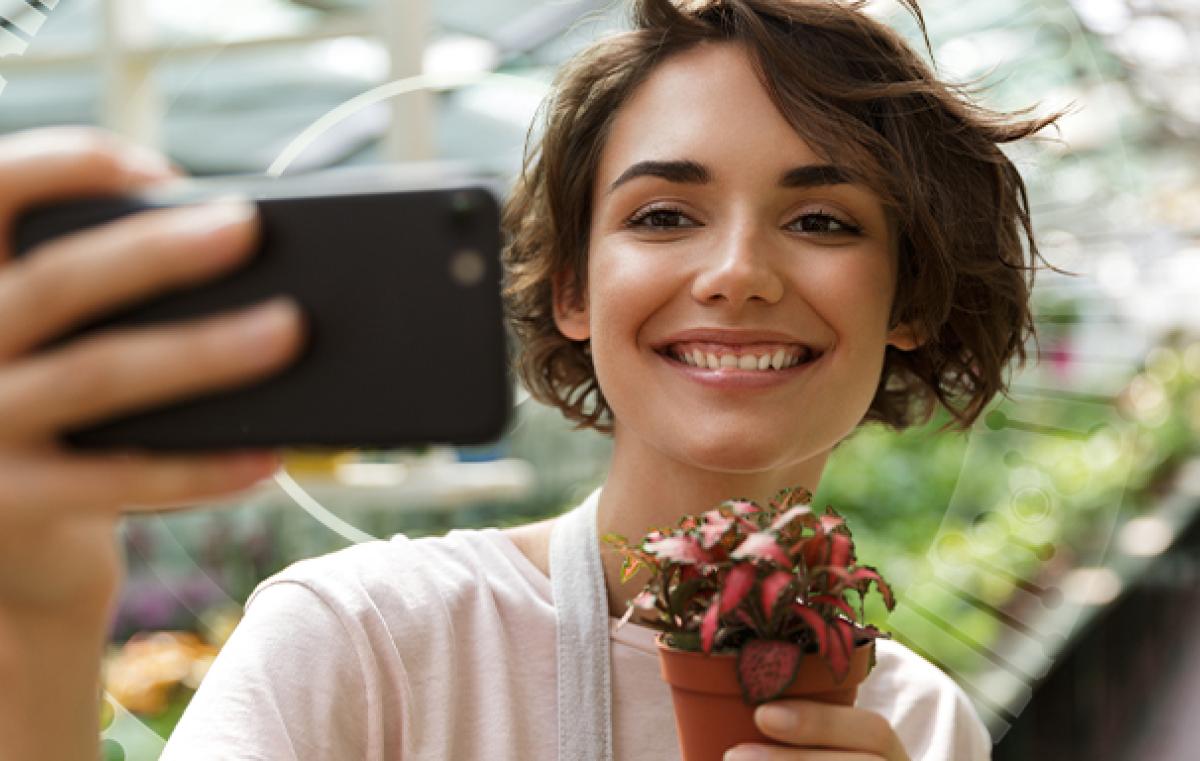International Selfie Day
The selfie burst into our lives with the launch of the two-camera mobile phones. Prof. Chaim Noy of BIU’s School of Communication writes about the phenomenon to mark International Selfie Day on June 21

It did not start with selfies and smartphones - the great interest in one’s personal appearance already appears in Greek mythology, with Narcissus looking at his reflection in water and falling in love with himself. Later, from the Renaissance to contemporary times, painted and sculpted self-portraits are a common artistic genre.
The selfie has moved from the mythology and museums of high culture straight into our digital everyday lives in 2010, with the debut of the iPhone 4 that included, for the first time, a front-facing camera, focusing on the operator. Thus began the age of the selfie, in which the selfie image and self-photography became the symbol of our times.
In 2013, “selfie” was named as word of the year by Oxford Dictionaries. Prof. Chaim Noy of Bar-Ilan University’s School of Communication writes about the phenomenon in honor of International Selfie Day, which is marked on June 21.
Moral perceptions of selfies are contradictory and fuel a heated debate: Is the selfie an expression of a superficial, materialistic, self-centered age that offers 15 minutes of fame as American pop artist Andy Warhol put it some five decades ago? Or perhaps it is rather emotional, direct and appropriate self-expression, a way in which people, and especially women, may highlight themselves, avoiding a patriarchal male gaze, and creating their own public image?
In visual media research it is common to divide selfies into sub-genres: those that include solely the photographer; those that include other people (groups of friends, family), and travel selfies with an iconic background, where the photographer affirms the latest cultural assets he or she have gained with pictures in luring attractions. Some selfies are more successful than others. For example, in England, research is conducted on “ugly” selfies, which girls take from unflattering angles to be funny, to laugh at themselves or to poke fun at conventional bourgeois perceptions of beauty.
With growing digitation in everyday communication, apps offer a variety of photo editing options, and the selfie is becoming more processed and polished, less authentic, and more the idealized selfie. Thus, the selfie is spreading and expanding, and is also expressed in animation that includes digital stickers and GIFs that are based on the appearance of the selfie creators.
And how can we conclude without offering some tips? To take a good selfie, hold the phone at arm’s length (or use a selfie stick), slightly above your head and from the side, and turn your gaze sideways. Make sure you are wearing nice clothes, have a soft smile (but with no parsley stuck between your teeth) and a suitable background – and take the photos. Then edit and share.
I take selfies; therefore, I am!